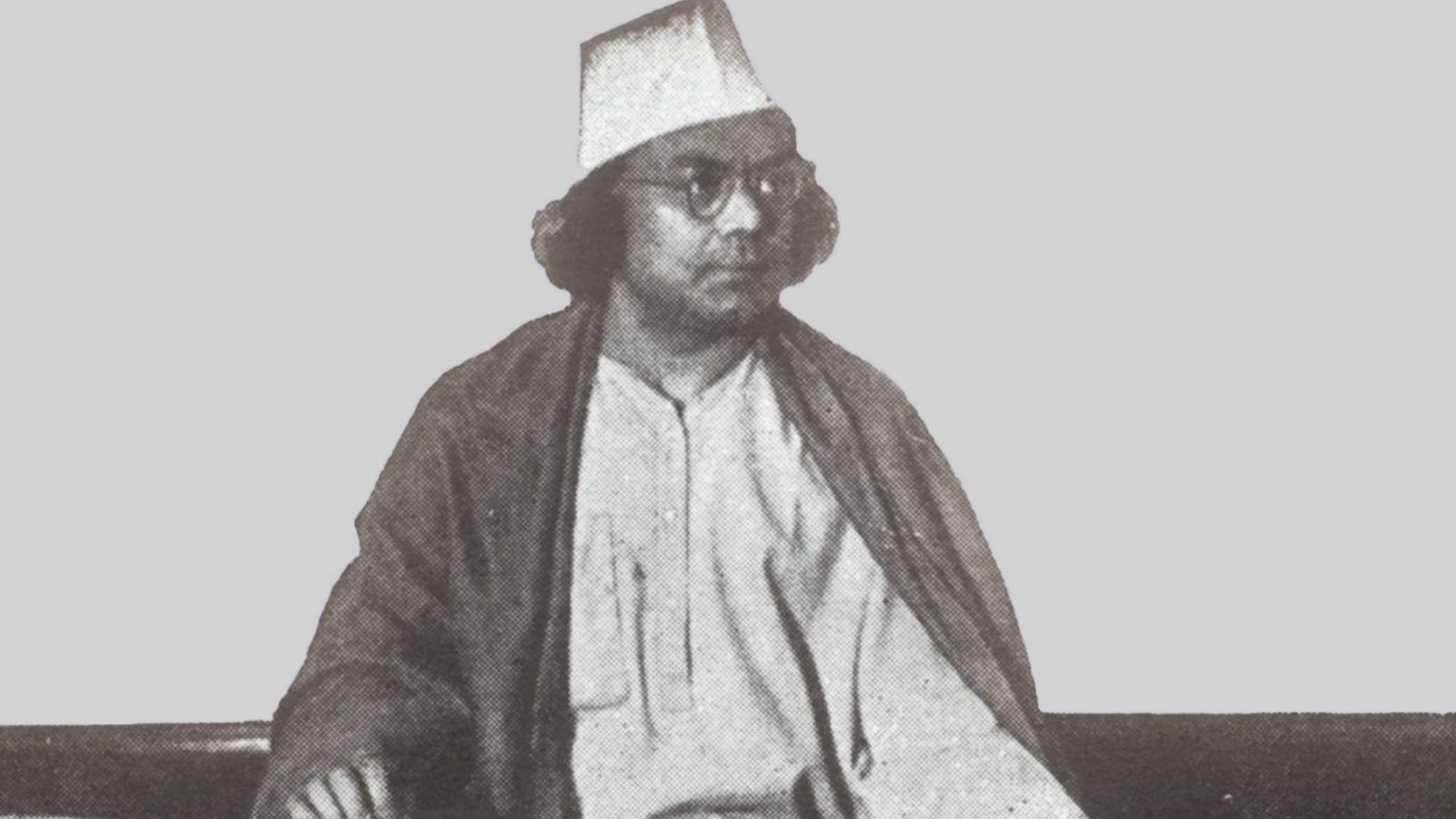Rabindranath Tagore is a captivating poet, novelist, philosopher, and educator who truly deserves the world's acclaim. For the first time in his life, this Bengali genius received the Nobel Prize in Literature. He was well-versed in the fields of art, literature, and architecture. He is one of the few people who has exemplified greatness in every way.
In addition to his great achievements in art and writing, he made significant contributions to aesthetics and architecture. Tagore's design concept was based on the Japanese wabi-sabi culture's principle of "more lights and more space." He was heavily influenced by the Japanese way of life after numerous visits to Japan.
Rabindranath Tagore never wanted to disturb or disrupt nature, so he designed structures to blend in seamlessly. At Shantiniketan, he used all of his designs. There were no tall buildings at Shantiniketan, indicating that this Nobel laureate preferred compact structures. In contrast to the natural surroundings, the houses had stark, matte walls with grey undertones that gave off a comfortable vibe. Everything was built with organic materials and natural resources. There was also plenty of open space, which was appropriate given the tropical climate.
Tagore, a modernist and environmentalist, advised his countrymen to adopt Japanese aesthetics of living rather than European ideas of modernization. Tagore told a 3,000-person audience in 1916 that "modernism" is not a European garment; or in the dreadful structures where their children are taught lessons; or in the square houses with shabby walls punctured with windows running parallel, where they are trapped for a lifetime. This is entirely European architecture, not true modernism. True modernism is associated with mental liberation rather than enslavement. He is cosmopolitan and advocates pan-Asianism.
Shantiniketan today resembles Tagore's futuristic concept of modern architecture. The buildings in the Uttarayan Complex are divided into three categories: institutional buildings, teacher's and student's hostels, and Tagore's residence. The institutional complexes are surrounded by large courtyards and verandahs. He also designed tiny clusters of integrated quarters with a 'U'-shaped entryway for Visva-Bharti teachers, allowing interaction between tenants and their family members.






